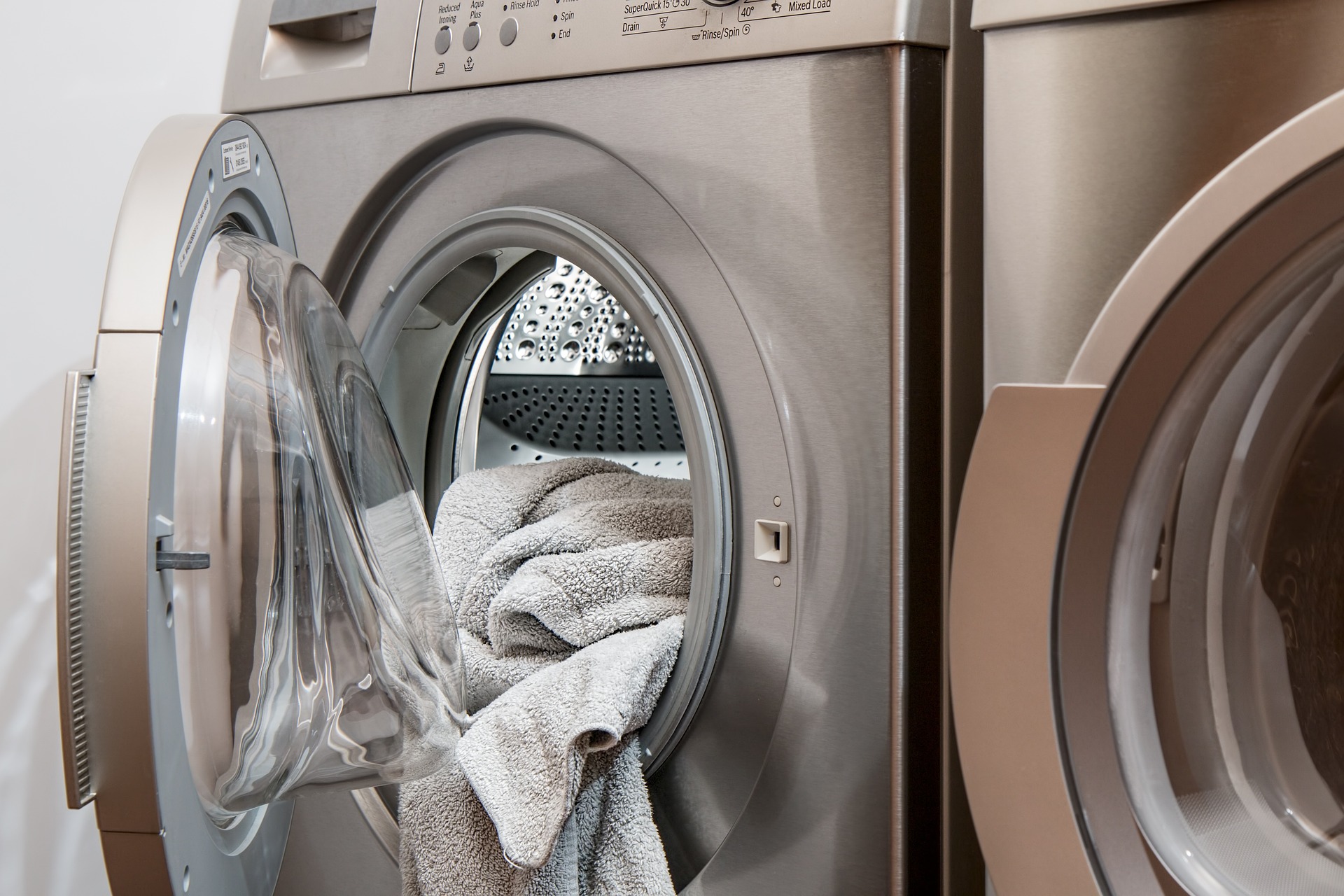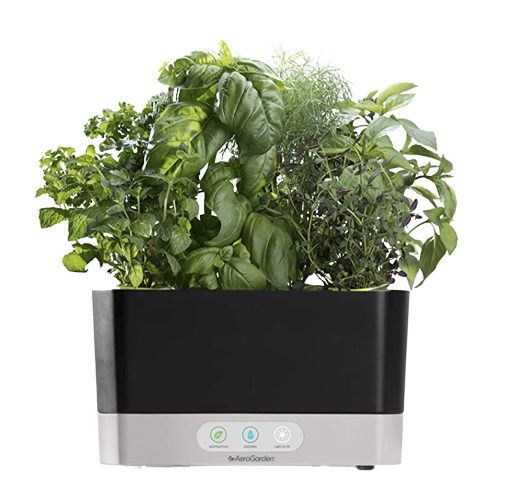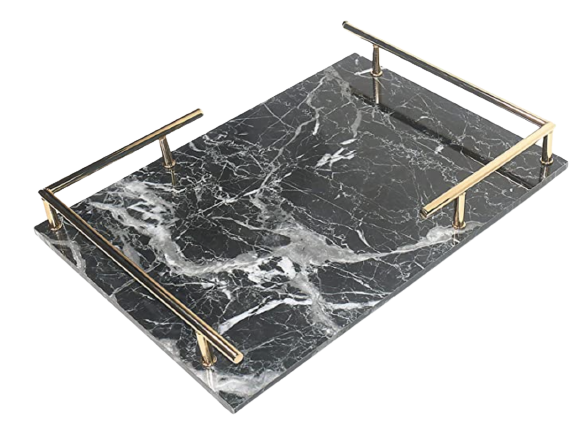Last Updated on March 19, 2024
A washing machine refusing to spin can be a frustrating laundry day setback, leaving a pile of damp clothes and a puzzled homeowner in its wake. Fortunately, addressing this issue often involves a systematic approach that doesn’t necessarily require professional expertise. In this step-by-step guide, we will explore common reasons why a washing machine may refuse to spin and provide comprehensive solutions to help you troubleshoot and repair this inconvenience.
Step 1: Check the Lid Switch
A defective lid switch often emerges as a typical perpetrator of spin-related issues. As a crucial safety mechanism, the lid switch ensures the washer refrains from spinning when the lid is open. Should this component malfunction, the machine might fail to initiate the spin cycle, necessitating attention from appliance repair experts in Anaheim to diagnose and rectify the problem.
Solution: Inspect the lid switch for any visible damage or wear. If needed, replace the switch according to the manufacturer’s guidelines.
Step 2: Examine the Drive Belt
A loose or damaged drive belt can hinder the spinning function of the washing machine.
Solution: Access the back of the washer and examine the drive belt. If it’s loose or damaged, replace it with a new one, ensuring it is appropriately aligned.
Step 3: Evaluate the Motor Coupling
The motor coupling connects the motor to the transmission and can wear out over time.
Solution: Inspect the motor coupling for any signs of damage. Replace it with the manufacturer’s instructions if it’s broken or worn.
Step 4: Inspect the Door Lock
Front-loading washing machines have a lock that ensures the door remains sealed during operation.
Solution: If the door lock malfunctions, the washer may not spin. Check for any faults and replace the door lock mechanism if necessary.
Step 5: Verify the Motor
A malfunctioning motor can also be a reason for the washing machine’s refusal to spin.
Solution: Test the motor for continuity using a multimeter. If there’s no continuity, it indicates a faulty motor that needs replacement.
Step 6: Clear Obstructions
Foreign objects such as coins or small garments can sometimes get lodged in the washer’s drum or pump, preventing proper spinning.
Solution: Inspect the drum and pump for any obstructions and remove them carefully.
Step 7: Balance the Load
An unbalanced load can trigger the washing machine’s safety mechanism, preventing it from spinning.
Solution: Adjust the load to ensure it is evenly distributed in the drum. Avoid overloading the machine.
Conclusion:
Addressing a non-spinning washing machine might initially appear intimidating, but with a systematic approach and meticulous attention, numerous issues can be resolved without needing professional assistance. By adhering to this step-by-step guide, you can pinpoint the root cause of the problem and execute the essential repairs, ultimately reinstating your washing machine’s spin functionality and guaranteeing seamless laundry days ahead with effective washing machine repair.









